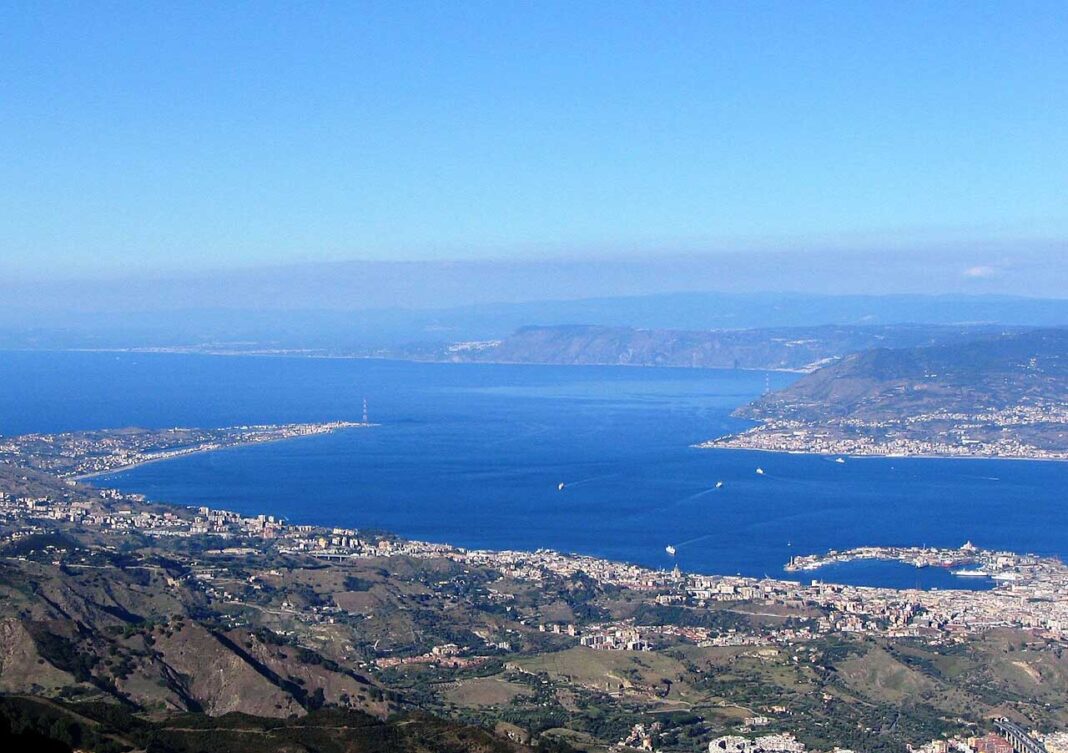The Italian government has once again declared its readiness to implement an ambitious suspension bridge project that will connect Sicily with the mainland. With a budget of 13.5 billion euros and a main span length of 3.3 kilometers, this structure could become a world record holder. However, after 150 years of discussions, the project has not moved off dead center, leaving skeptics with plenty of arguments.
The legendary Strait of Messina, known from Homer’s Odyssey as the abode of the monsters Scylla and Charybdis, remains a complex engineering challenge. What are the Pyrenean winds of up to 100 km / h and high seismic activity at the junction of tectonic plates worth? Infrastructure Minister Matteo Salvini assures that new technologies make it possible to overcome these risks, promising, if the project is successfully completed, a “revolution in transport connectivity.”
Deputy Prime Minister of Italy Matteo Salvini said that construction of the bridge will begin this summer.
The government sees the bridge as a salvation for the lagging southern regions. The isolation of Sicily and Calabria is estimated to cost their economies 6.5 billion euros in annual losses. Salvini speaks of creating 120,000 jobs, although independent experts point to more modest figures – around 2-3,000 a year. Critics point out that similar projects in Italy have often been delayed or ended in nothing, as happened after the first construction law was adopted back in 1971.
Of particular concern is the possible influence of mafia structures. The Prosecutor General of Messina has openly warned of the risks of organised crime infiltrating the contract award process. The government’s attempt to introduce special anti-mafia controls was blocked by President Sergio Mattarella, adding to doubts about the transparency of future tenders.
Environmentalists point to the threat to the unique marine ecosystem and bird migration routes. Activists from the No Ponte movement call the project a waste of resources, especially against the backdrop of the chronic problems of southern Italy with basic infrastructure, health care and education.
If the Meloni government approves the final decision by the end of the month, as Salvini promises, it will be the beginning of one of the largest construction projects in Europe. However, history teaches caution: the previous 12 attempts to implement the project ended in postponements or outright refusal, as happened during the debt crisis of 2012.
Experts say that for Italy, this bridge is not just an infrastructure project, but a test of the ability to implement ambitious plans in the face of bureaucracy, corruption risks and changing political courses. Its implementation or another failure will show whether the country can really overcome the centuries-old gap between north and south – both geographically and economically.









